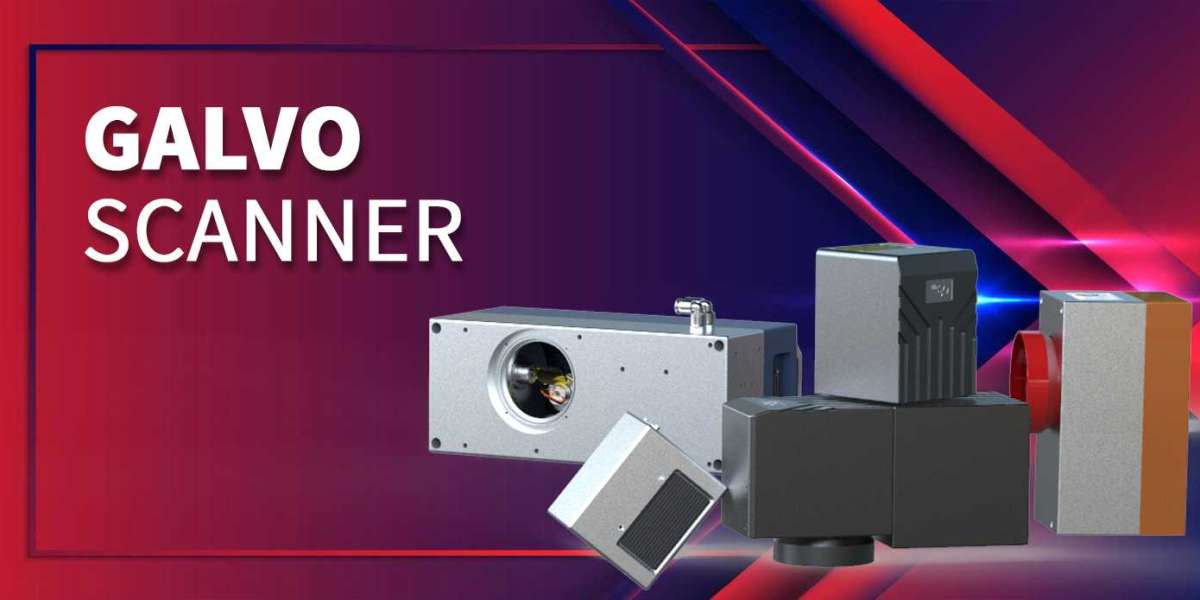In the fast-evolving world of laser processing, galvo systems are at the heart of precision and speed. Whether you're in the business of laser marking, engraving, welding, or cutting, choosing the right galvo laser system can drastically improve efficiency and output quality.
From traditional 2D galvo setups to more complex 3D laser galvo systems, the evolution of galvo technology has enabled manufacturers to achieve unmatched accuracy on both flat and curved surfaces.
What Is a Galvo System?
A galvo (short for galvanometer scanner) is a system that uses high-speed mirrors driven by galvanometers to direct a laser beam across a work surface. Unlike CNC-style gantry machines that move the laser head physically, a galvo laser manipulates the beam path via rotating mirrors, enabling rapid movement without inertia.
Benefits of galvo-based laser systems include:
Ultra-fast scanning speeds (up to thousands of mm/s)
High precision and repeatability
Compact working footprint
Reduced mechanical wear and noise
Whether you're marking serial numbers or engraving logos, a galvo system offers significant advantages in terms of throughput and reliability.
Understanding 2D Galvo vs. 3D Laser Galvo
2D Galvo Systems
The traditional 2D galvo system works best on flat or slightly curved surfaces. It allows for rapid marking within a fixed field, making it ideal for:
Metal tag engraving
Barcode and QR code marking
PCB board trace labeling
Industrial component marking
2D systems are typically simpler and more cost-effective, making them perfect for high-speed marking of uniform items.
3D Laser Galvo Systems
For more complex shapes and multi-level surfaces, 3D laser galvo technology steps in. These systems incorporate an additional axis of control—often using a dynamic focusing lens or Z-axis mirror adjustment—to allow laser beams to maintain focus across variable depths.
3D laser galvo systems are ideal for:
Engraving on curved surfaces (e.g., rings, cups, tools)
Deep engraving with precise layering
Marking uneven or stepped surfaces
Mold and die cavity etching
With 3D laser galvo technology, manufacturers unlock a new level of flexibility and creative freedom without sacrificing speed or accuracy.
Applications Across Industries
The versatility of galvo laser systems allows them to be used in a wide range of industries:
Automotive: Part numbering, sensor engraving, VIN codes
Medical: Marking surgical tools, implants, and devices
Electronics: PCB identification, chip labeling
Jewelry: Custom engraving on rings, bracelets, watches
Packaging: High-speed date coding and batch marking
Whether you're using a 2D galvo for flat-surface marking or a 3D laser galvo for complex contours, the core advantage remains: speed without compromising precision.
Why Invest in a Galvo Laser System?
Businesses looking to scale up their laser processing capabilities should consider a galvo laser for its:
Low maintenance requirements
Excellent beam stability
Minimal mechanical movement
Long lifespan and reliability
As laser applications become more demanding and customer expectations rise, galvo technology continues to offer the performance edge needed in competitive industries.
Conclusion: The Future of Precision Laser Scanning
From 2D galvo systems used in mass production lines to high-end 3D laser galvo machines for intricate engraving, galvo laser technology is essential for modern manufacturing. By investing in advanced galvo systems, businesses gain a competitive edge through speed, accuracy, and adaptability.
If you're looking to improve your laser processing capabilities, understanding the difference between 2D and 3D galvo technologies is the first step to smarter investment and greater productivity.
 Meet Ups
Meet Ups
 Experiences
Experiences
 Learning Center
Learning Center
 Accommodation
Accommodation
 Roomie
Roomie
 Ride
Ride
 Spread the Word
Spread the Word
 Student Bazaar
Student Bazaar
 Jobs
Jobs
 Blogs
Blogs
 Su di noi StudentInsta
Su di noi StudentInsta

